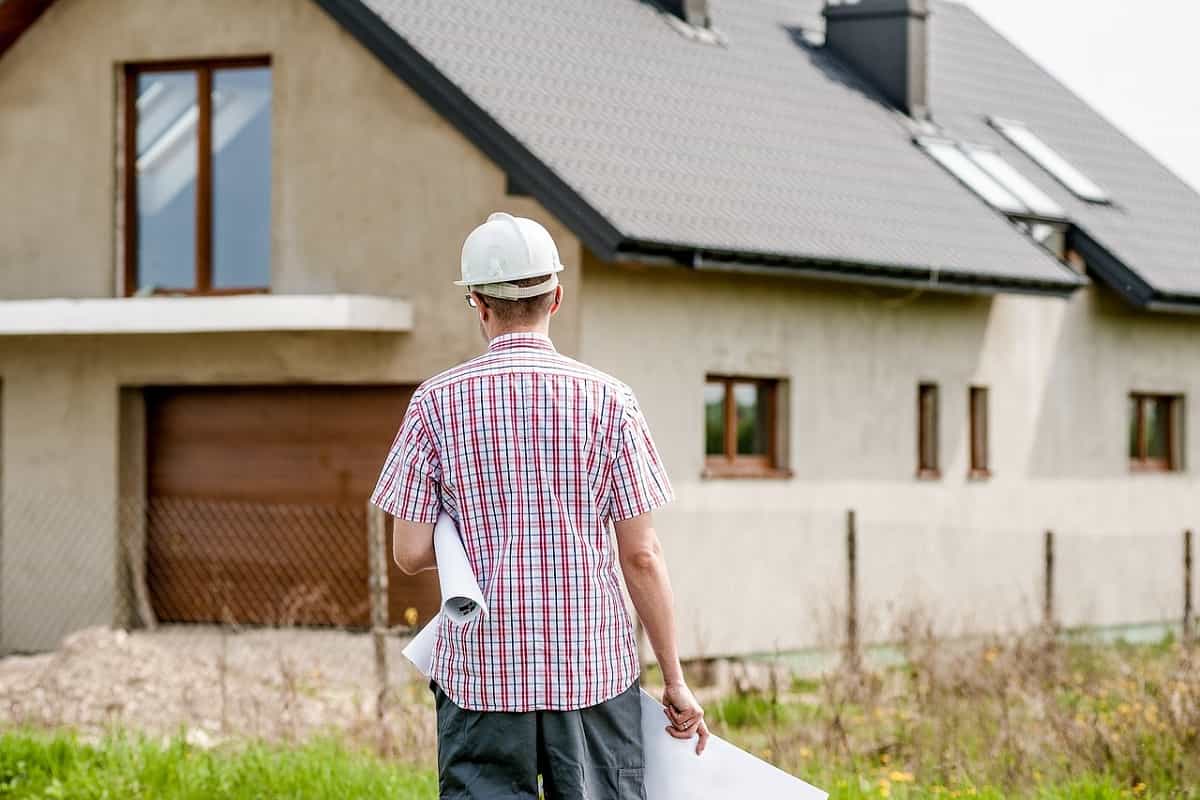With all the climate changes and ‘global weirding’ becoming more noticeable and prominent than ever, it’s paramount that we start coming up with the various solutions that can help minimize the carbon footprint. Our sea levels have risen, the glaciers are melting, the oceans are more acidic and polluted than ever – so, it’s high time that we use some of the recent technological advancements and start solving these problems before it’s too late.
Building more and more energy-efficient homes is one of the things that we simply have to do, in order to deal with the aforementioned issues. It’s strongly advised for any new home builders to make this environmentally conscious decision and aim at achieving a net-zero energy use without compromising their indoor living conditions.
Choosing a Whole-Building System Approach
The so-called ‘whole-building system approach’ is specifically designed to treat an entire home as one energy system where everything is intertwined and connected. One thing organically leads to another, so each part affects the performance of the whole house. The ultimate goal of this system is to build a home that has lower utility and maintenance costs, while at the same time retaining and improving in the areas of durability and comfort.
Paying Attention to the Site and Room Orientation
A big part of building an energy-efficient home has to do with proper site orientation. The passive solar design makes the most out of the sun’s energy, so you should definitely consider implementing and maximizing this design.
Using Thermal Mass Materials
Energy-efficient building design simply has to include using materials with high thermal mass. It’s generally recommended that new home builders seriously take into consideration professionals that worry about these things. The materials such as stone, brick, and concrete, for example, have the potential to absorb heat, store energy, stabilize temperature shifts, and so on. That way your home is much better insulated, which makes it more energy-efficient as well.
Cool Roofs
While we’re on the subject of insulation, it’s also advised to install cool roofs, for optimal energy efficiency. What cool roof does is similar to what thermal mass materials that we’ve just mentioned do – it keeps the house and attic space cool by protecting against solar heat gain. Cool roofs use low thermal mass materials such as tiles, slate, or clay. These are reflective and have light-colored pigments that help to reflect the sunlight. A nice, eco-friendly option to consider for your house would also be a green roof.
The HVAC System of an Energy-Efficient Home
If you truly plan on building an energy-efficient home, it’s essential that you consider high-efficiency heating, ventilation, and air-conditioning system. Some reports indicate that your HVAC system accounts for 48 percent of the home’s energy use. That’s why you need to see that your HVAC system is as efficient as it can be. For example, a 95 percent HVAC system is considered to be good – it means that it loses only 5 percent of the produced energy. On the other hand, if you install the HVAC system improperly, you could end up losing even 30 percent of produced energy.
Home Appliances and Lighting
In order to continue to save more energy, it’s paramount that your home appliances and lighting include the selection of energy star-labeled electronics. Use light-emitting diodes (LEDs), compact fluorescent lamps, and halogen incandescents in order to minimize energy consumption.
Water Heating
Some 15 percent of energy costs are related to water heating, which makes it one of the largest energy expenses in any home – especially in those that use electric water heaters. However, there are also different options on the market that can help you save both energy and money. These include tankless water heaters, high-efficiency water heaters, solar water heaters, gas water heaters, and so on.
Renewable Energy Sources
Each and every energy-efficient home simply has to strive at creating as much energy as it uses – that’s how the ultimate goal of net-zero energy use is achieved. Some good examples in this regard would have to include things such as solar photovoltaic panels, a wind system, a small ‘hybrid’ electric system, or ‘micro hydropower’, and so on.
Final Thoughts
The energy-efficient building has become increasingly important in today’s world, where we witness more and more issues springing from inadequate care for nature. Our carbon footprint needs to be reduced sooner rather than later if we intend to continue to exist and further evolve as a species. A prime example of environmentally conscious decision-making is energy-efficient building.





















